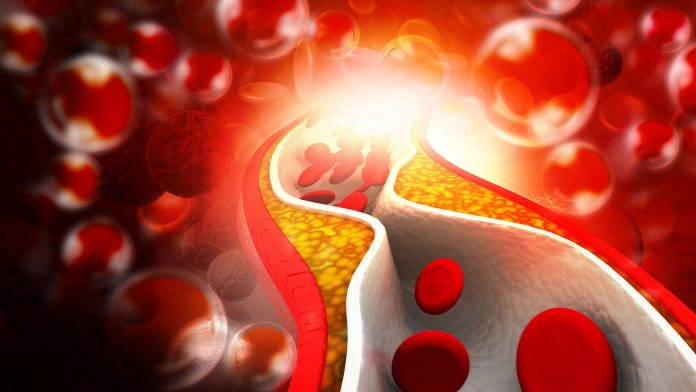Physicians at the Heart Center of the University Hospital Bonn have revealed how communication between cells can be influenced using the protein hnRNPU, offering a potential solution to the treatment of arteriosclerosis (calcified blood vessels).
For cells to successfully communicate, they need a messenger to carry information between them. The role of messenger is often played by extracellular vesicles and until recently, these were believed to function as biological waste disposal for excess proteins and other molecules. As published in the Journal of Extracellular Vesicles, the research team has identified a new mechanism of extracellular vesicles, furthering our understanding of how the sorting of specific ribonucleic acids (RNAs) within the vesicles function.
These RNAs are copies of the genetic information and are required for carrying out its function. The physicians at the University of Bonn concentrated their research primarily on microRNAs, which are responsible for the on-off function of genes. “Because microRNAs have considerable influence on the biology of the cells, vesicles can influence the function of recipient cells depending on their specific cargo. “It would be a breakthrough for researchers and physicians if they could control which information is transported between cells and which is not,” explains Dr Andreas Zietzer, cardiologist at the Heart Center of Bonn University Hospital.
The team discovered that a specific RNA protein, hnRNPU, retains the microRNAs in the donor cell to prevent them from being packed into vesicles and transported to another cell. The exact opposite is true when this protein is switched off, where there is an elevated release of the microRNAs, which are then increasingly packed into the vesicles. “The RNA-binding protein hnRNPU therefore assumes the role of a gatekeeper, deciding which and how many microRNAs are released from the donor cell for transport to the recipient cell. This enables a targeted release, or retention, of microRNAs that promote regeneration and thereby positively or negatively influence the regenerative ability of diseased vascular cells,” concludes Zietzer.









